How to Give a Toast in (Almost) Any Language
It’s no secret that I don’t drink. But clinking glasses with friends and toasting other people is about so much more than alcohol, and it feels appropriate to bring this up as Oktoberfest just started last weekend.
Giving a toast is a cultural experience. It gives you insight into what the people in a particular culture see as important. When you know the way people toast, then you get a glimpse into their most important values. That’s what matters, not whether you have alcohol or orange juice in your glass.
I’ve asked Team FI3M to help me put together what they know about the different cultural practices of drinking and toasting around the world – from Mongolia to the United States.
The next time you see people raising their glasses to say “cheers”, here’s what they’re really saying…
China: Honour, Respect and Finishing Your Glass
Mandarin Chinese: “干杯” (乾杯 traditional) (“Gānbēi” = “dry cup”)
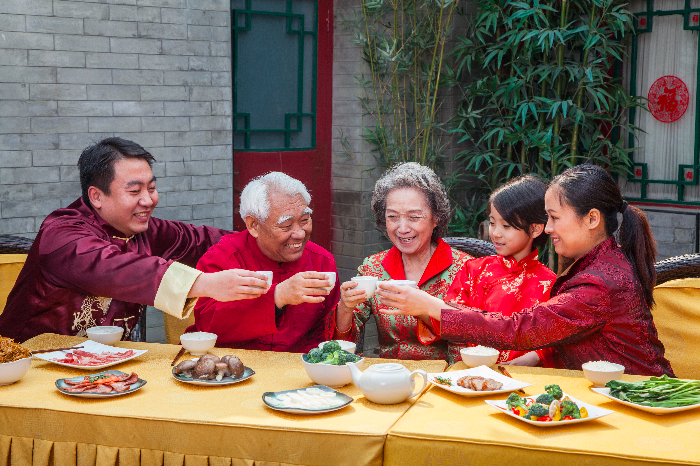
China is a huge country with a lot of different sub-cultures. Some toasting traditions are universal across China, and others are unique to a specific region.
Lower Your Glass
When you’re toasting in China, try to clink your glass so that your rim is lower than the rim of the other person’s glass. This shows that you’re honoring them by lowering your relative position. This can end up being a funny game of “who can get the glass lower”, as each person tries to put their glass lower than the other… often ending with both glasses on the table.
Tap Your Knuckles
This isn’t technically a toast, but it’s part of the drinking culture in many parts of China. When someone pours a drink for you, politely acknowledge them by tapping your first two knuckles (or fingers) on the table twice.
The origins of this tradition aren’t known, but an interesting story suggests that it comes from soldiers eating at an inn or restaurant during wartime. They couldn’t salute or bow to their commanding officer and risk enemy soldiers finding out who he was. So they’d bow with their hands to show their respect.
The Dry Cup
Since the term for “cheers” is 干杯 (“dry cup”), it’s polite to finish your first drink in one swift chug, then show the bottom of your glass or place your cup rim-side-down on the table. This way, your drinking partner sees that you did, indeed, dry your cup.
Japan and Across Asia: Find Someone Else to Fill Your Cup
Japanese: 乾杯” (“Kanpai” = “dry the glass”)
Vietnamese: “Dô” / “Hoan Hô!”
Thai: “ไชโย” (“Chịyo”)

In Japan and in many other places across Asia, it’s rude to pour for yourself. There are superstitions that those who pour for themselves are doomed to live many years alone. So it’s good to find a drinking buddy.
It’s also rude to fill a glass that already has something in it. So when someone offers to fill your cup, quickly finish up what you have, and present them with an empty cup.
When you’re in Japan, here’s the trick to get out of drinking when you've had your fill: just leave your glass mostly full. It might be perceived as modesty, and you may be encouraged to drink up, but keeping your cup mostly full is a clear sign that you don’t need any more. This trick also works with food.
A common mistake travelers make is to empty their cups and clear their plates, thinking that it's polite. Big mistake. Your host will just think you want more and offer you endless refills. By the end of the night, you’ll come across as an over-eater and a lush!
Korea: Use Both Hands, then Look Away
Korean: “건배 ” (“bless this cup”)
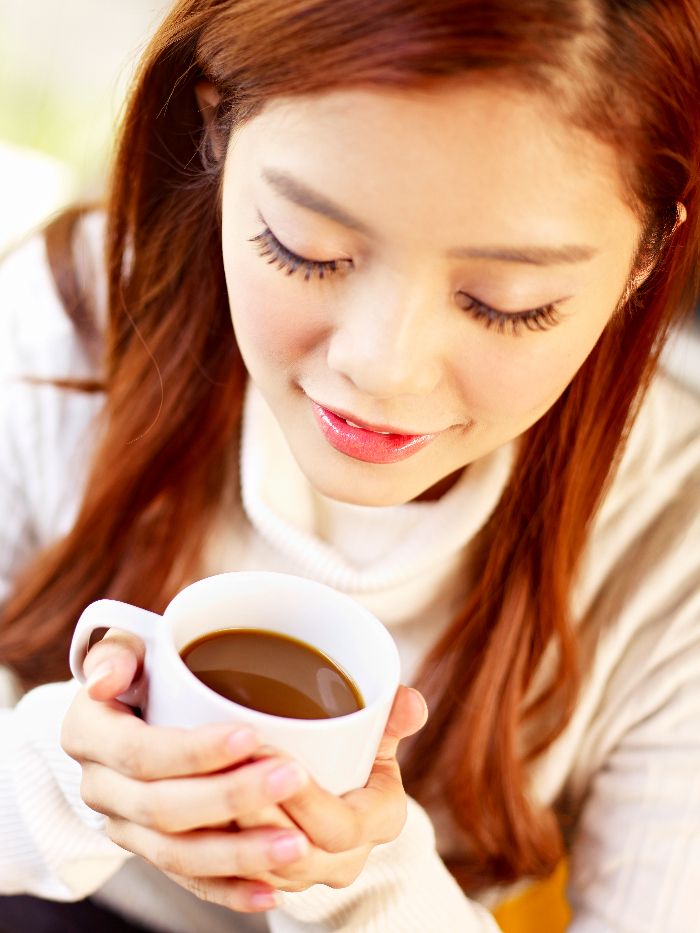
When someone hands you a drink in Korea, take it with both hands. This shows that your full attention is on receiving their gift. Likewise, when you give someone a drink, use both hands. You’ll also notice this practice in shops when people hand you money or goods.
The first glass of the evening is the most important, so to show respect it’s a good idea to drink it entirely, all at once. Fortunately, the drink of choice in Korea is usually Soju, which is served in smaller cups. Unfortunately, I'm told Soju can be pretty strong.
In Korea you also show respect by turning away from your superiors when you drink. You don’t have to do a full 180, but 90 degrees to either side is a nice touch.
Mongolia: Don’t Refuse the Mare’s Milk
Mongolian: “Эрүүл мэндийн төлөө” / “Eruul mendiin tuluu”

When you’re in a yurt in the grasslands of Mongolia, you'll be invited to partake in some sour fermented mare's milk called airag.
Your host will offer it up in a small bowl, ladled out of a larger container where the drink has been brewing over several days. You don't have to empty your bowl, but you should at least take a sip – refusing the drink outright would be rude.
One of our team members, Joe, experienced this first-hand during his time in Mongolia. Yes, he drank the mare’s milk, and yes, it burns going down.
You’ll also find fermented mare’s milk in Kazakhstan and all across the northern Eurasian continent, where its called by its Russian name, kumis.
Just be careful not to waste a drop; their tradition is to pour the leftover liquid from your cup back into the main pot of kumis. You have to applaud them for not wasting resources.
France: Respect the Wine
French: “Santé !”, “À votre santé !”, “À la tienne, Etienne ! (“to your health”)
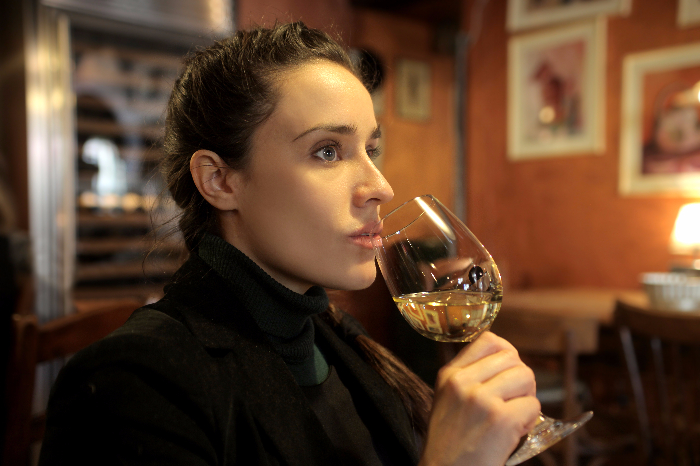
France is of course known for wine, and there’s definitely a right way and a wrong way to drink it.
First, the glass is only filled half of the way, so don't think your waiter is cheating you. Apparently it needs room to breathe.
They also usually don’t drink the last half inch of wine from the bottle, since it contains sediment, and that would be a tragic insult to the quality of the wine.
When you get your glass of wine, wait. You can’t touch a drop until everyone at the table has been served their wine and the host has given their toast.
Italy: Pre-dinner Drinks
Italian: “Cin cin!”, “Salute!”
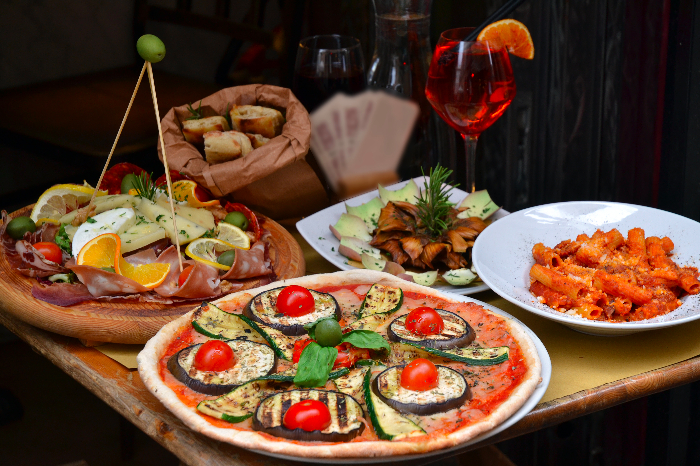
In Italy, a favourite tradition among locals and travellers alike is aperitivo.
Before dinner, you’ll meet with your Italian friends or a pre-dinner drink where you’ll talk, relax, and enjoy some complimentary snacks to tide you over.
That’s right – complimentary. When in Italy, head to the nearest bar between 6 and 9pm. After you order your drink, you’ll likely be offered a plate of sandwiches, a slice or pizza, or sometimes even a free buffet.
All Across Europe: Don’t Break Eye Contact
Danish: “Skål!”
Greek: “Yamas!” / “Geiá mas!” / “γεια μας” (“health”)
* Finnish: “Kippis!”
Lithuanian: “Į sveikatą!”
Swedish: “Skål!”*
Given all the cultures and languages in Europe, you can bet there are lots of different cultural perspectives on drinking across the continent.
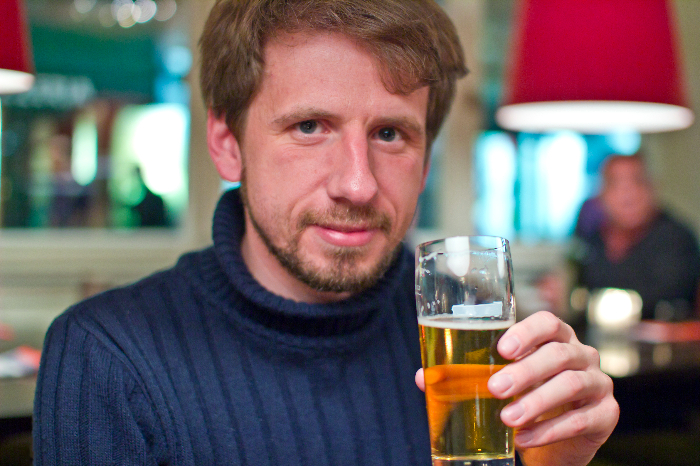
Czech: “Na zdraví!” (“to your health”)
In Prague, the beer is some of the best and the cheapest in the world. To toast, lightly clink your glasses together while looking your drinking partner dead in the eye.
Hungarian: “Egészségedre!” (“to your health”)
In Hungary, though, clinking is a no-no. And while in Hungary you can sip your drink more slowly, whereas people in Poland are fine to gulp away.
Polish: “Na zdrowie!” (“to your heath”)
There’s variation even within the same country. In Belgium, people in Brussels might stand to toast, where in Antwerp they may raise the glass twice.
The important thing to remember in Europe is to maintain eye contact during your toast.
In Germany, breaking eye contacts brings you 7 years of bad sex.
German: “Prosit!”, “Prost!”, “Zum Wohl!” (formal)
Coincidentally, in the Czech Republic, crossing your arms while maintaining eye contact also brings 7 years of bad sex. So be careful with your arms.
Spain: If it’s Your Day, You Pay
Spanish: “Salud” (“Health”), “Pura Vida” (“Pure Life”), ¡Arriba, abajo, al centro, pa' dentro!
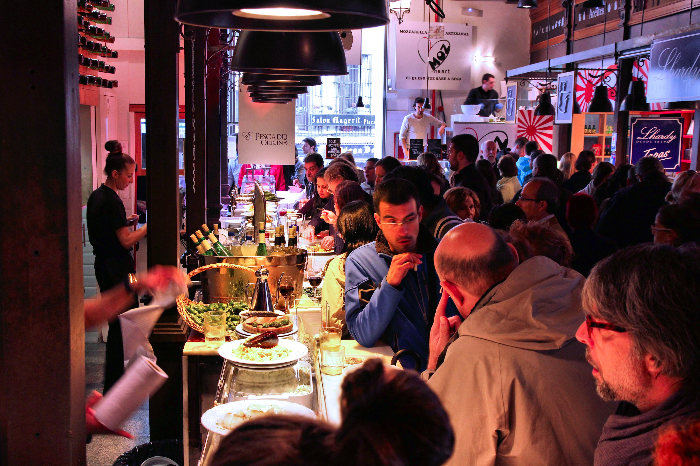
If you’re ever in Spain, you have to know this: the tab is usually covered by the guest of honour, not the host.
So, if it’s your birthday, you’re buying. In fact, the Spanish phrase te invito has more of a connotation of “I'm buying” than “you're invited”.
Turkey: Anise and Water
Turkish: “Şerefe!”
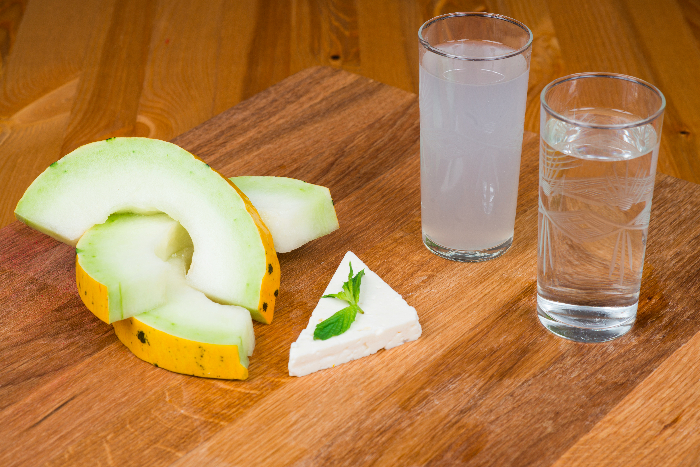
In Turkey they drink rakı, a drink made from distilled grapes and anise. I had the privilege of smelling rakı once, and it smells like painful licorice.
Rakı is always served with cool water (I imagine to put out the fire) and drunk with a large group of friends in a Turkish tavern called a meyhane. Just like the Turkish hero, Mustafa Kemal Ataturk… who coincidentally died of cirrhosis of the liver.
Russia: A toast for every round
Russian: “za zdarovye” За здоровье (“to your health”)

In Russia, the drink of choice is vodka, straight. Don’t even thinking about mixing it with something fruity. And if you’re going to open a bottle, then you’d better be prepared to finish it.
Also be prepared to give a new toast before each round. A fun second toast to have ready is “May there be a short break between the first and second rounds!”
UK, Ireland and Australia: Buy a Round, and then Another…
Irish:”Sláinte!” (“to your health”)
Scottish: “Sláinte!” (“to your health)”
Welsh: “Iechyd da!” (“good health)”

A night out in the UK and Ireland is often based on rounds. So rather than buy your own drink, you buy your entire table of friends a round of drinks, and everyone takes it in turns.
It’s more efficient that way, since only one person ever has to waste time at the bar!
This can get pretty serious. A round of drinks bought for 3 friends, for instance, means that each friend, in turns, buys a round for everyone and ends up having at least three pints. Soon enough everyone is obligated to buy multiple rounds until they go broke or pass out.
In Ireland, the pub is a place to hang out even if you’re not drinking. You’re just as likely to find my grand-aunt at the pub as you are to find anyone else. You can expect to hear music playing and people singing.
And when you do hear someone start a rendition of a song in countryside pubs – even if it’s for the third time – you’d better pipe down and listen. Only when they’re done, you can continue your chats. (And those songs can be long, trust me).
In Australia the tradition of buying a round is called a shout. Those who ignore their obligation to shout are in for serious trouble from those who shouted them first. Probably the best thing to do is just not step in the pub in the first place 😉
United States
“Cheers!”
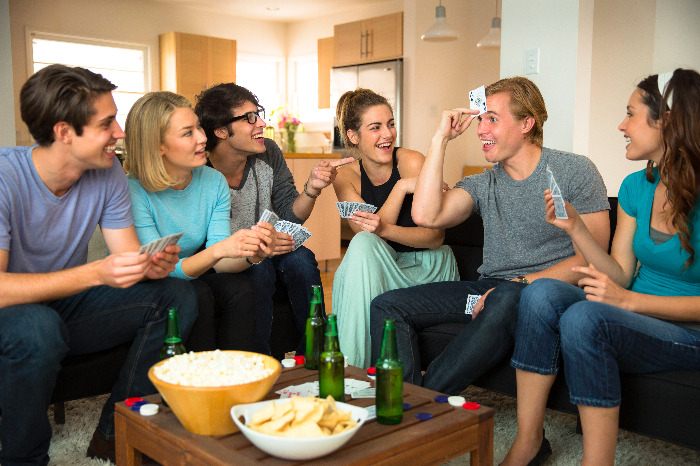
The most interesting drinking traditions in the United States to me are the amazing number of elaborate drinking games that have popped up over the years.
Beer Pong is an excellent example of how Americans combine alcohol with creative ingenuity. But it doesn’t stop there – there’s also flip cup, quarters, and even Edward Fortyhands, to name a few.
The U.S. is also the place that came up with the concept of making drinking games out of how many times they see something show up on TV or in a movie. “Drink every time Ron says ‘brilliant’”!
Here's a good one: take a drink every time I talk about the importance of speaking a language from day 1 on my YouTube channel. You're sure to be drunk long before you reach fluency in your target language.
What Did I Miss?
Of course, there’s a lot more drinking traditions around the world. There are so many rituals related to saying cheers, toasting, and socializing over a drink that it's impossible to put them all in one article.
So what did I miss?
Sláinte!



Social